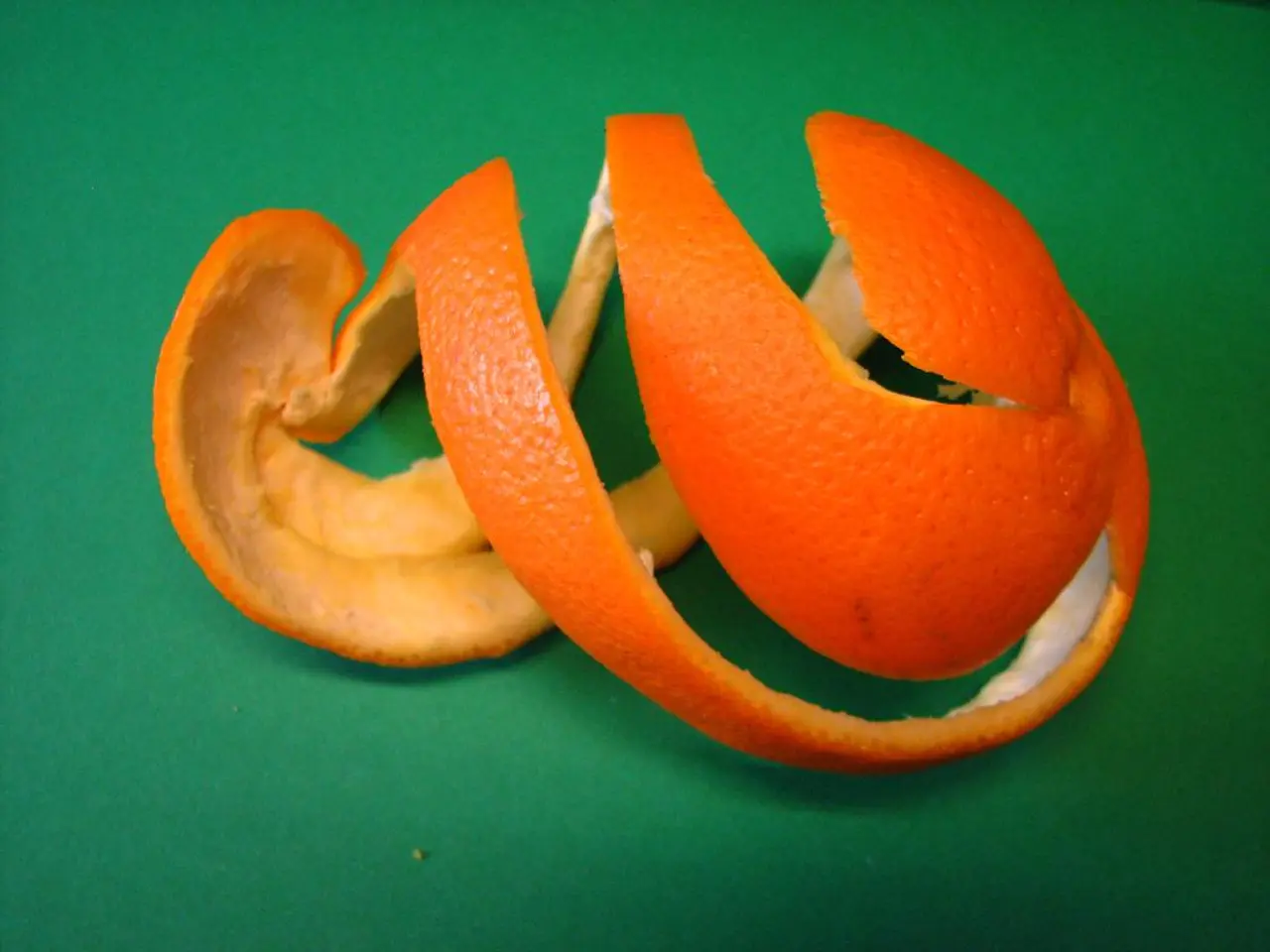Quick guide for instant paint revitalization: Refreshing peeling paint for a prompt transformation and a shiny new coat.
Peeling paint can be a common issue in homes, particularly in high-moisture areas like bathrooms, kitchens, and laundry rooms. The primary causes of peeling paint are poor surface preparation, moisture ingress, and environmental factors such as humidity, sunlight, and temperature changes.
Effective repair involves removing the peeling paint, addressing the underlying cause, properly cleaning and sanding the surface, applying a suitable primer, and repainting with high-quality paint suited to the local climate.
The first step in repairing peeling paint is to remove loose or flaking paint using a scraper and wire brush. After scraping, the area should be sanded to smooth it out and blend the edges into the existing paintwork. A 120-220 grit sandpaper grade is a good choice.
Cracks in the surface should be filled with a suitable filler and allowed to dry completely before lightly sanding again for a flush finish. A good-quality primer is needed for repairing peeling paint, such as Zinsser Bulls Eye 1-2-3. A primer suited to the surface type should be applied to help seal the area, ready for subsequent coats.
Zinsser PermaWhite is a tough, scrubbable paint, ideal for high-moisture areas. After addressing the peeling paint, you can repaint the area with this paint to ensure a long-lasting finish.
Underlying problems, such as moisture ingress or dampness, can cause paint to pull away from the surface from underneath. It's essential to repair any leaks or moisture issues before repainting to prevent the peeling from recurring.
Wood needs sanding and sealing with a dedicated primer and undercoat to prevent knots or sap from bleeding through. A 5-piece bundle containing paintable decorators caulk, a caulking gun, a nozzle cover, and a silicone sealant finishing tool can be useful for these tasks.
Another common cause of peeling paint is poor application, which includes painting onto damp areas, skipping primer, using incompatible products, or applying paint too thickly. To avoid these issues, always ensure the surface is clean, dry, and primed before painting, and choose products designed specifically for the material you're working on.
A set of three budget-friendly stainless steel scrapers in three different sizes is available for repairing peeling paint. Additionally, a collection of ergonomically designed hand sanding blocks helps make sanding much easier.
After sanding, the surface needs to be cleaned with a dusting brush or damp cloth. In some cases, a clear bridging sealer like Zinsser Peel Stop can be used to seal tiny cracks and gaps under the edges of old paint.
Pav Wasik, with 17+ years of experience in luxury decorating, specializing in refurbishments, panelling, wallpapering, and color consultancy, emphasizes the importance of proper surface preparation in preventing peeling paint. By following these steps and addressing the root causes of peeling paint, you can ensure a long-lasting finish that will enhance the look of your home.
- In high-moisture areas like bathrooms, kitchens, and laundries, peeling paint is a common issue due to poor surface preparation, moisture ingress, and environmental factors.
- Effective repair of peeling paint consists of removing the loose or flaking paint, addressing the underlying cause, cleaning and sanding the surface, applying a suitable primer, and repainting with high-quality paint.
- For repairing peeling paint, Zinsser Bulls Eye 1-2-3 is a good-quality primer, while Zinsser PermaWhite is a tough, scrubbable paint ideal for high-moisture areas.
- Underlying problems such as moisture ingress or dampness can cause paint to pull away from the surface from beneath, thus it's crucial to repair any leaks or moisture issues before repainting to prevent the peeling from recurring.
- A set of three budget-friendly stainless steel scrapers in three different sizes and a collection of ergonomically designed hand sanding blocks can be useful for repairing peeling paint.
- Proper surface preparation is essential in preventing peeling paint, according to Pav Wasik, a decorating expert with 17+ years of experience, who specializes in refurbishments, panelling, wallpapering, and color consultancy. By following these steps and addressing the root causes of peeling paint, you can ensure a long-lasting finish that will enhance the look of your home.



